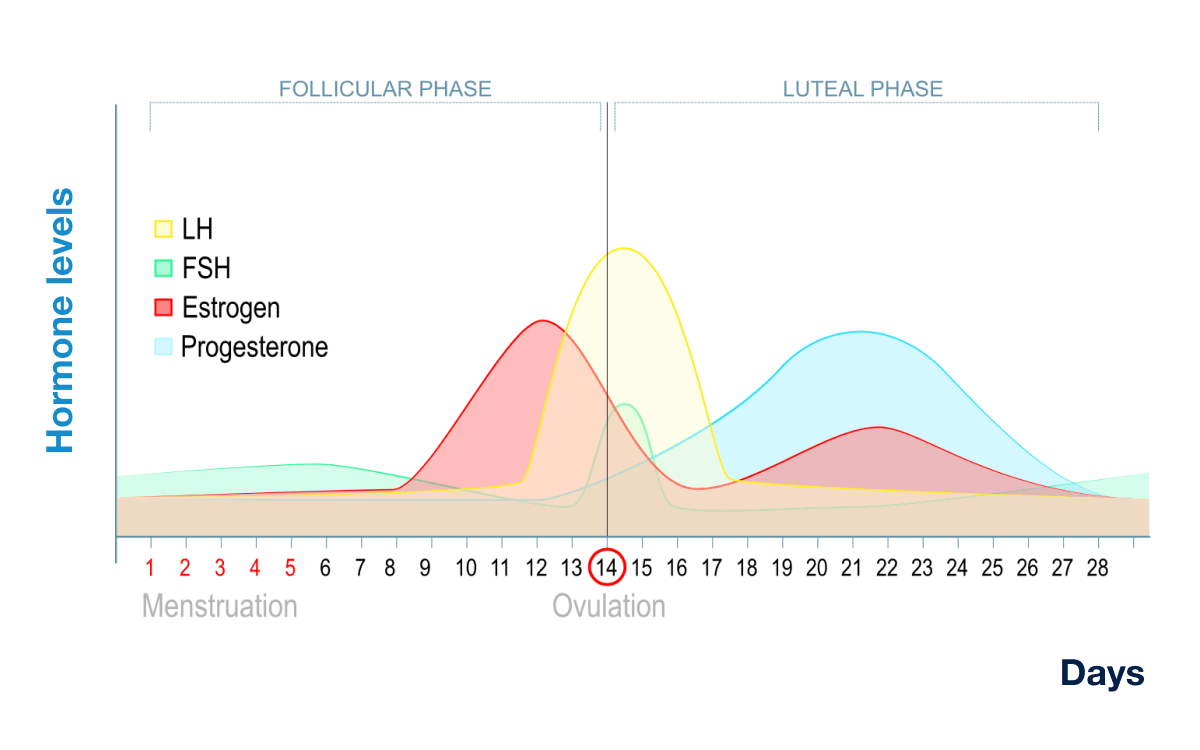
For years, women have been told to “push harder” and “stay consistent” in the gym — but the truth is, our bodies aren’t designed to perform the same way every single day. Our hormones fluctuate across the month, influencing energy, metabolism, recovery, and mood.
When you begin syncing your workouts with your menstrual cycle, you start to work with your hormones instead of against them. This approach — known as cycle syncing — allows you to train smarter, recover better, and support long-term hormonal balance.
As a Functional Nutrition Counselor and NASM-Certified Trainer, I’ve seen how powerful this alignment can be for women’s performance, stress resilience, and overall well-being.
Rest, Recovery, and Renewal
Hormones: Estrogen and progesterone are at their lowest, which can leave you feeling fatigued and more prone to inflammation. Your body is shedding the uterine lining — it’s a time for renewal.
How you might feel: Low energy, introspective, or crampy. Listen to your body and move gently.
Best workouts:
Functional nutrition focus:
Rebuild and replenish. Prioritize iron-rich foods, hydration, and anti-inflammatory nutrients.
Beneficial teas:
Science-backed note: Iron loss during menstruation can impact energy metabolism. Research supports replenishing iron and omega-3 fatty acids to ease fatigue and mood (Hinton et al., 2000; Clayton et al., 2023).
Build, Create, and Push
Hormones: Estrogen begins to rise, stimulating energy, focus, and motivation. You’re also more insulin-sensitive — your body uses carbohydrates efficiently for fuel.
How you might feel: Energetic, creative, social — ready to take on more.
Best workouts:
Functional nutrition focus:
Fuel muscle building and energy metabolism with balanced macronutrients and phytonutrients.
Beneficial teas:
Science-backed note: Rising estrogen improves glycogen storage and endurance capacity, making this an ideal time for more intense training (Sung et al., 2014; Oosthuyse & Bosch, 2010).
Peak Strength and Power
Hormones: Estrogen and testosterone peak, giving you your highest energy, strength, and confidence levels.
How you might feel: Social, strong, and vibrant. You’re physiologically primed for performance.
Best workouts:
Functional nutrition focus:
Support liver detoxification and hormone balance while maintaining hydration.
Beneficial teas:
Science-backed note: Neuromuscular coordination, endurance, and reaction time peak during ovulation (Janse de Jonge et al., 2012).
Stabilize, Reflect, and Restore
Hormones: Progesterone rises after ovulation, which can increase body temperature and reduce tolerance for high-intensity training. In the late luteal phase (PMS week), both estrogen and progesterone drop, often leading to cravings or fatigue.
How you might feel: Calmer, less social, and craving stability. It’s your body’s cue to slow down and restore.
Best workouts:
Functional nutrition focus:
Stabilize blood sugar and support progesterone production while calming inflammation.
Beneficial teas:
Science-backed note: Progesterone increases resting body temperature and perceived exertion, so lowering training intensity supports hormonal regulation and recovery (De Souza et al., 2014; Sung et al., 2014).
Your menstrual cycle is not an obstacle — it’s an intelligent biological rhythm. Aligning your training and nutrition with your cycle supports more than performance; it supports your nervous system, metabolism, and hormonal balance.
From a functional nutrition perspective, this approach honors how interconnected your hormones are with your gut, liver, thyroid, and adrenals. When you sync your workouts and meals to these natural fluctuations, you reduce cortisol spikes, improve recovery, and maintain energy throughout the month.
Cycle syncing isn’t about restriction — it’s about rhythm. When you move, eat, and rest in harmony with your hormones, you tap into your body’s natural intelligence.
Your strength isn’t found in doing more — it’s found in doing what’s right for your body today. That’s what true balance looks like.
References